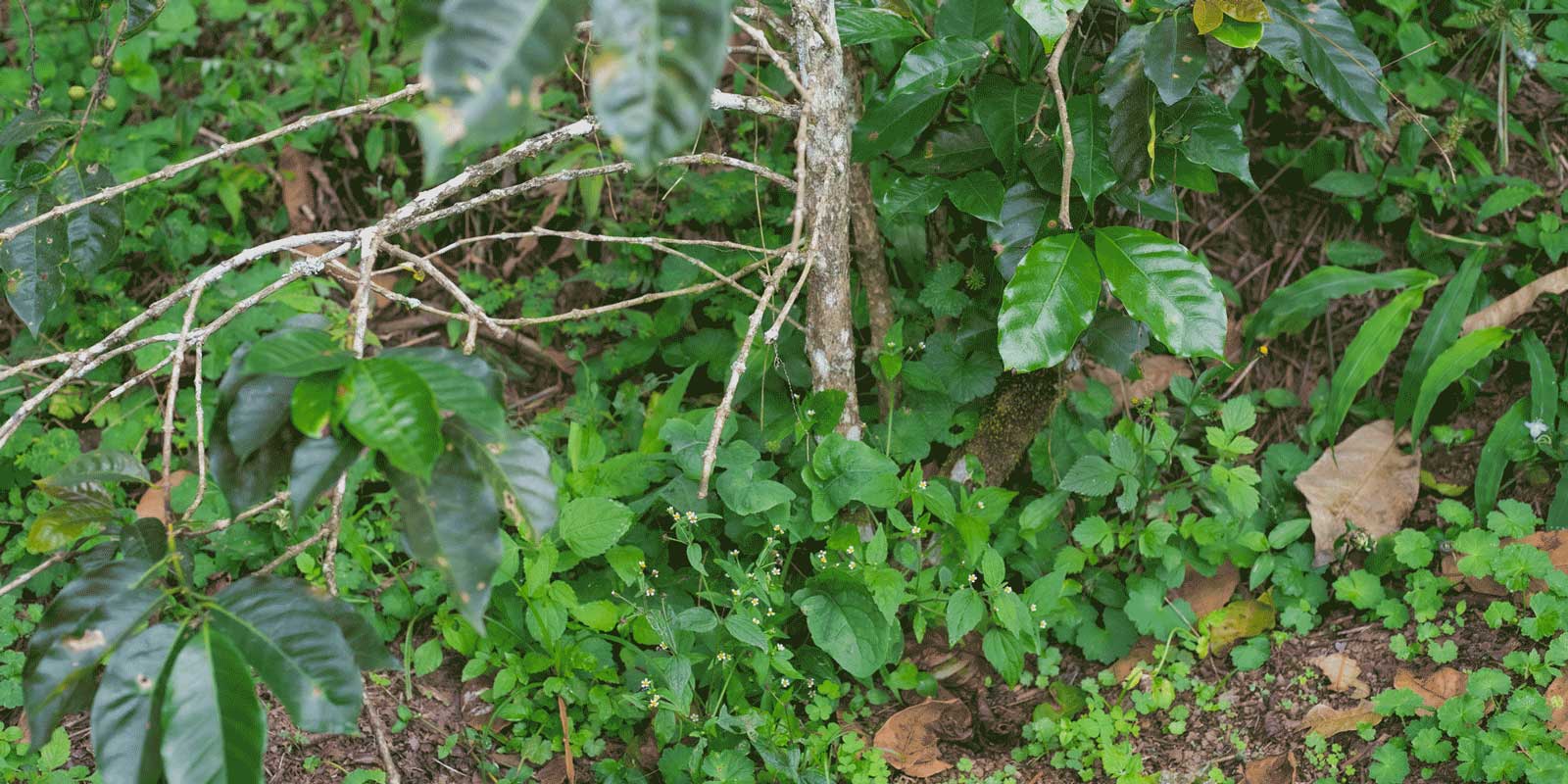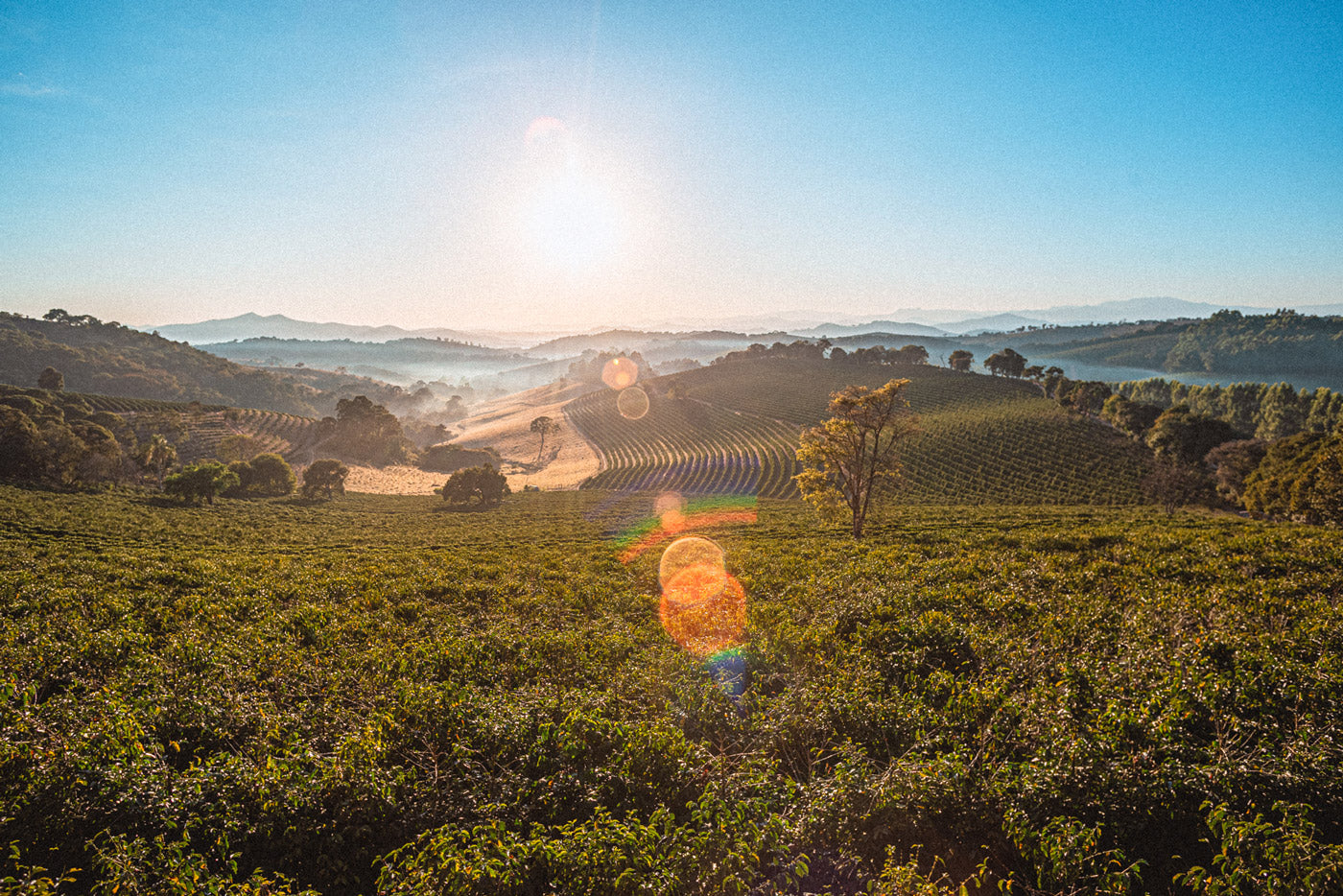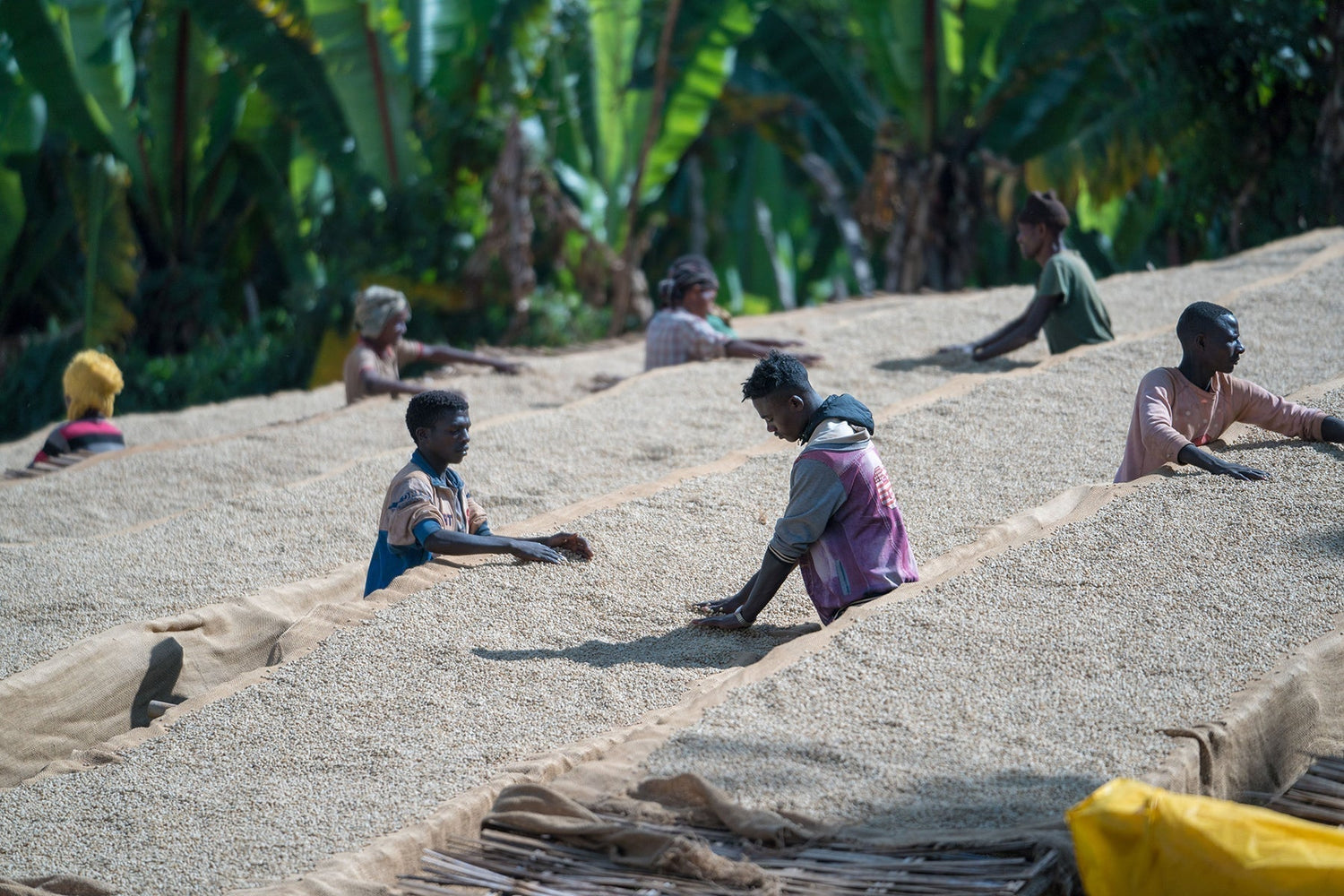In the last few articles, we have already taken a close look at the topics surrounding coffee cultivation, further processing and organic farming . We will also stay with the latter overarching topic in this exciting blog article - organic farming.
A major role in this cultivation method is played by the microorganism, or rather many microorganisms, which are usually produced directly on the plantations or at the processing stations. The reuse of the required raw materials in the processing of the coffee plays a major role. More on that later. The microorganisms are also used in many different ways. In this article you will find out which areas work with microorganisms and what effects you can even feel when enjoying your coffee! Elias Fischbacher from the Wildkaffee Rösterei wishes you lots of fun discovering.
Microorganism as natural plant protection
To ensure that the coffee plant is optimally protected from pests and other external influences, the plant produces caffeine on the one hand, and on the other hand the plants are protected from the outside, i.e. by the farmer with pesticides. Chemical agents are normally used for this. However, this has a negative impact on the soil, the plants around the plantation, the wildlife in the region and of course the workers who manage the plantations.
In order to change all of these aspects as sustainably as possible, numerous variants have been developed over the years as to how these plant protection products can be made more ecological. The most sustainable variant is probably the choice of specially developed microorganisms. These are produced by natural fermentation of the remains of the processing station. The resulting microbes then suppress the colonization of mold or germs that can cause a total crop failure. And how exactly are these microorganisms created or what are they made from? From the remains of the processing (pulp, fruit mucilage, etc.), water, sugar and an individual solution. Fermentation then creates the ecological microorganisms, which can be used in a variety of ways.

Microorganism also suitable as fertilizer
However, the microorganisms are not only suitable for plant protection. The microorganisms also improve the soil and, as a result, make plants healthier and therefore produce higher yields. The microscopic organisms that form during fermentation also promote plant growth. Unfortunately, conventional agriculture in recent years has actively damaged the soil and it contains significantly fewer nutrients.
Fortunately, the use of microorganisms also regenerates soils that have already been damaged, or stimulates the regeneration of the soil. Together with the organisms still present in the soil, the balance is changed so that the neutral microorganisms also help to restore the natural cycle. This allows the plants to grow healthily and productively, while the soil regains its old nutrient content and changes back to its original state in the long term.
This is how fermentation works with microorganisms
Let's briefly return to the production of microorganisms. To produce the sustainable solution, the remains of the coffee processing, i.e. the pulp, pulp, pulp, etc., are taken and placed in special plastic containers, where they are mixed with water and a sugar syrup.
The water must be very hot when added, between 70 and 80 degrees. The water-syrup mixture is then mixed until it is homogeneous before slightly cooler water is added. The final temperature is then around 40 degrees. The barrels with the solution are then stored for a few days. This allows the microbes to multiply optimally. After fermentation, the microorganisms must be stored in a cool place.

Microorganism in the processing of green coffee
Microorganisms are also used in the processing of green coffee. Processing is the process in which the pulp is separated from the kernel, the green coffee bean. Many experiments have been carried out with this process in recent years. Fermentation and the targeted use of microorganisms, among other things, ensure that the cup profile is significantly fruitier.
The acidity of the organisms brings their own unique taste characteristics to the cup profile and ensures a real taste experience. These processing methods are often used, especially for specialty coffees and microlots, in order to achieve an even more nuanced cup of coffee. The classic processing methods of washed, natural and honey are thus perfectly complemented by the more experimental variants of anaerobic, aerobic, microorganism, etc.

How helpful are microorganisms in the circular economy
Microorganisms also offer potential benefits for the circular economy, which has become increasingly important in times of global warming. Microorganisms are worth their weight in gold, especially for soils that have been significantly polluted by years of use of chemical pesticides.
The soil slowly regenerates and gradually reproduces its natural microorganisms and nutrients. Conversely, this has absolutely positive effects on the plants, which grow faster and more productively due to the higher nutrient content. And these effects then carry over to the animal world, which then receives more abundant food. Overall, this creates a new circular economy that creates new perspectives for the environment, flora and fauna. The microorganisms also conserve resources.

Microorganism - Conclusion
The fact that microorganisms are now also being used in coffee cultivation and processing is a real benefit. Away from chemicals and towards nature is the magic word. The microorganisms ensure healthier plants and a higher harvest yield. An ingenious side effect: thanks to the microorganisms, the soils are also regenerating, which have suffered considerably in recent years due to the use of chemical pesticides.
But it is not just the flora and fauna that benefit from the use of microorganisms. People, i.e. the workers and farmers on the plantation, are now finally spared from the chemical toxins. This creates a circular economy that is developing in an absolutely sustainable and ecological way. The microorganisms are also used for processing. A very exciting topic that will be expanded to numerous plantations in the future. #staywild


